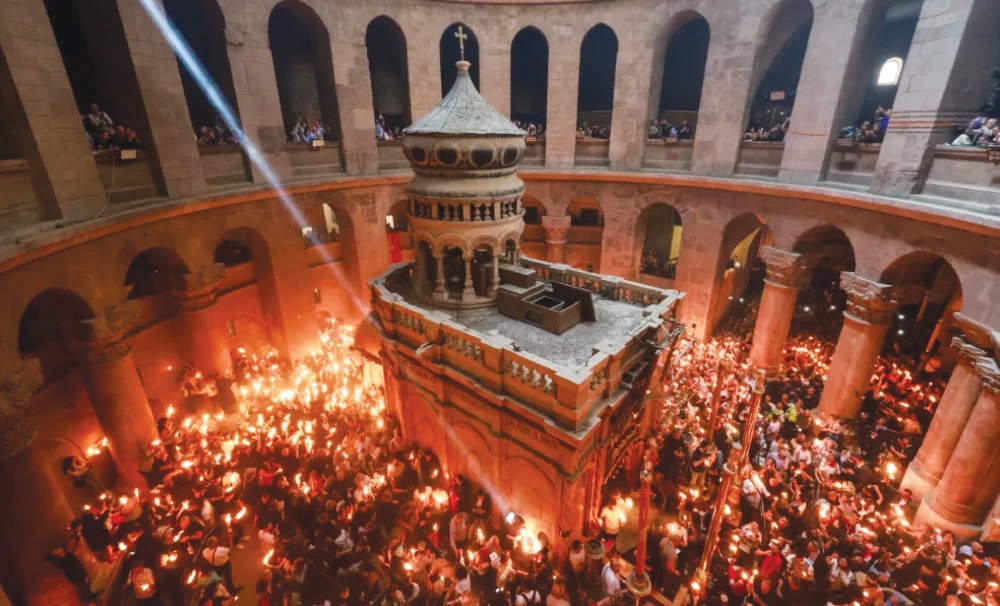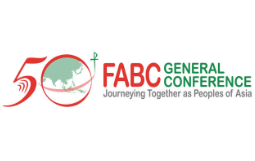A shared resurrection and a common hope
This year’s Easter celebration marked a rare and powerful moment in Christian history — as East and West came together to proclaim the Resurrection of Christ on the same day.
Apr 25, 2025

VATICAN: This year’s Easter celebration marked a rare and powerful moment in Christian history — as East and West came together to proclaim the Resurrection of Christ on the same day. For the first time in years, Orthodox and Catholic Christians celebrated Easter jointly, a symbol of unity that coincides with the 1700th anniversary of the First Ecumenical Council of Nicaea (325 AD).
In his Easter reflection, Ecumenical Patriarch Bartholomew of Constantinople, head of the Greek Orthodox Church, emphasised that this anniversary is not a return to the past but a renewal of the “spirit of Nicaea” — a call to conciliar unity, fidelity to doctrine, and shared Christian mission.
“This celebration is not a return to the past,” Bartholomew wrote, “but a reawakening of the spirit of Nicaea, a spirit that calls us to communion, clarity of faith, and shared responsibility.”
The Council of Nicaea defined core Christian beliefs, including the Nicene Creed, and introduced a synodal model of Church governance — a model echoed in Pope Francis’s current vision of synodality.
Patriarch Theophilos III of Jerusalem reflected on what this unity means for Christians in the Middle East.
“We are committed to the journey of establishing a common date for Easter every year,” he said. “So that we may always keep this great feast together.”
He outlined four essential elements shared by Christians this year:
• A common Easter date, seen as vital to Christian witness;
• A shared faith in the Nicene Creed;
• A commitment to Eucharistic unity, “the journey to the common Chalice”;
• A united voice for peace, especially in the Holy Land, Syria, Lebanon, and Gaza.
“If one member suffers, all suffer,” Theophilos quoted St Paul. “If one is honoured, all rejoice.”
He highlighted recent joint projects among Christian communities, including the restoration of the Church of the Holy Sepulchre and plans to restore the Grotto of the Nativity in Bethlehem, calling these efforts tangible signs of increasing trust and collaboration.
The World Council of Churches (WCC) also released a powerful Easter message, calling the shared celebration a “profound sign of reconciliation” and urging churches worldwide to make this unity more than a rare occasion.
“Could it not always be so?” wrote Rev Jerry Pillay and Bishop Heinrich Bedford-Strohm. “A common feast of Easter — at the heart of our shared faith — would be a powerful sign of our reconciliation and unity.”
They called on the faithful to witness boldly in a world often filled with despair and division, not just to proclaim the Resurrection, but to live it daily in word and deed.
As churches of East and West lifted the same alleluia on Easter morning, voices across Christendom acknowledged this rare unity as a sacred opportunity. The confluence of the Empty Tomb and the Creed of Nicaea is more than a coincidence — it is a call. A call to return to what unites, to speak with one voice, and to walk together in the hope that does not disappoint.
“May the light that shines from the Holy and Life-giving Tomb of our Lord Jesus Christ enlighten our hearts and minds,” Patriarch Theophilos prayed, “and strengthen us in our God-given mission.” --Vatican News







Total Comments:0